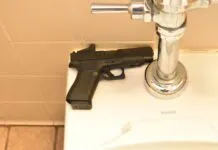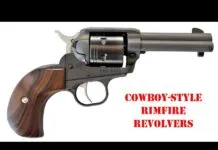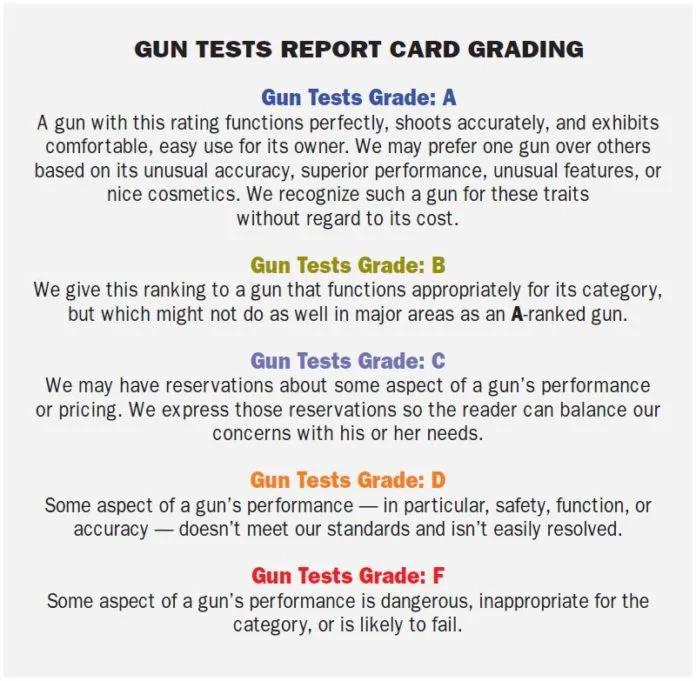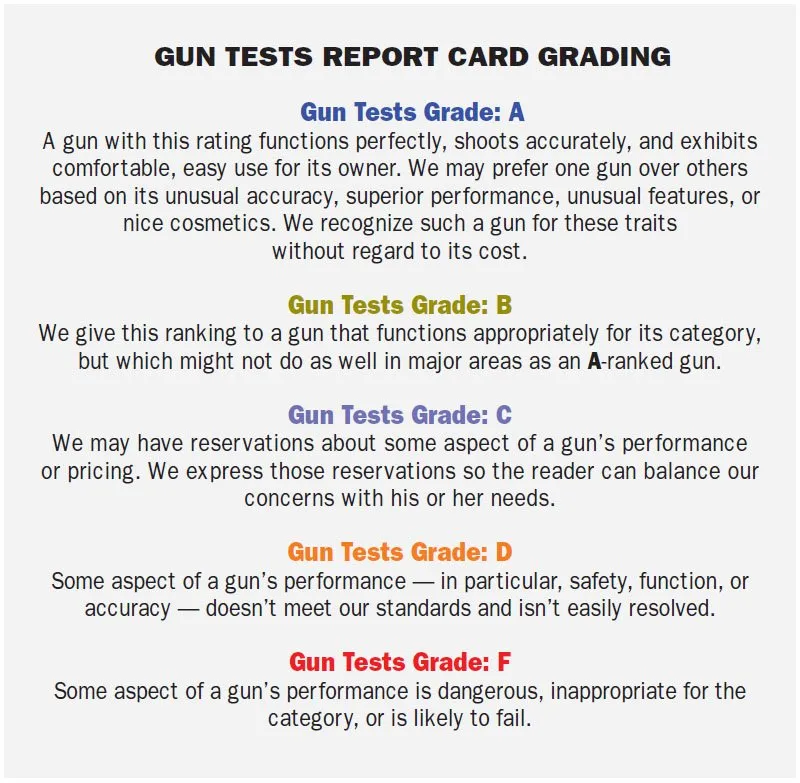
Re: “Gun Tests Value Guide: Recent 380 ACP Pistol Grades,” October 2015
Could you add one line to your firearms specification box with something about being a certain gun being “Calyforny” legal? I took your 380 pocket pistol recommendations to two different gun stores and found almost none of them were legal for sale here! I felt like an idiot! I did see in the current issue that you mentioned the Mare’s Legs were not legal here. So I know you can do it! So, please, add this little footnote.
Also, what about the new Remington R380? I want a small pocket pistol, but with more power than my 100-year-old Baby Colt. Plus, it would nice not to have a slide spring that is so powerful that I cannot pull the slide back! It is tough being an old fart.
I became so upset over the lack of small pocket pistols for wearing in the summer that I just kept my little Baby Colt in 25 ACP. Ja, I know it is not powerful enough to stop a gun fight — I was a deputy sheriff for 27 years. But now I am 71, and carrying around some big old 9mm when you are wearing shorts just doesn’t seem proper. It is better than a hammer! — John S.
Hey John: I understand the problem. The California registry changes so much, plus there are other states with different lists, so I hesitate to commit to that. When the manufacturer lists a model as being state compliant, or not, we can add that data with some confi dence. But when the companies themselves don’t list compliance, that puts us in a spot of having to chase all the restrictive states’ registries. See the next letter as an example of some of the problems. — Todd Woodard
Re: “Two Mare’s Legs from Henry And Rossi: Expensive Novelties,” November 2015
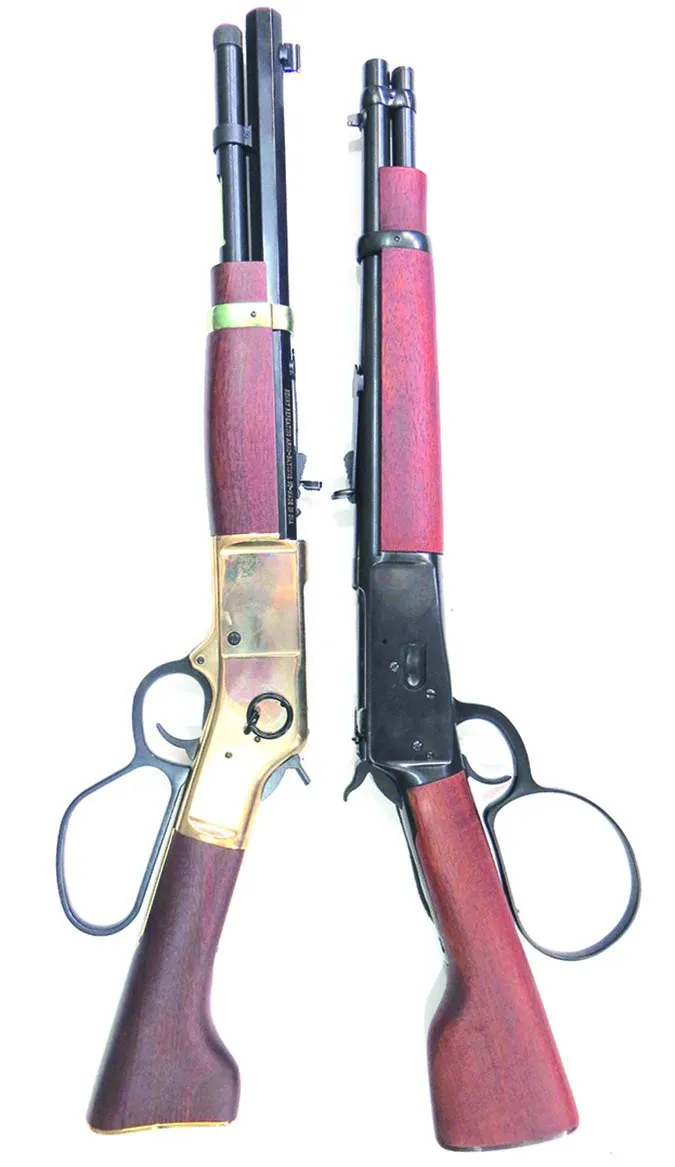
I see in your article on the Mare’s Legs that you mentioned these pistols are banned in California. This statement is not true. I am the manager of a gun store in California and often contact the California Department of Justice to check on issues such as this. The 2015 Henry catalog does state that this gun is not available in California. However, since we stock them for sale, and they are available through our distributors, I had concerns and contacted DOJ for clarification. Our field rep for DOJ had (coincidentally) just visited the Henry manufacturing plant and was current on the regs for this pistol. The Mare’s Leg pistol is legal to sell in California. The confusion may stem from the fact that this pistol is not on the California Roster of approved handguns. The Mare’s Leg pistol is not on the roster because it is exempt, as it is a single-action pistol. Hope this info helps. —Debbie Morrisset, Manager B&G Guns, Oxnard, California
Thank you for the update. — tw
Re: “Handgun Bullets: How Do They Penetrate in Home Materials?” November 2015
Just finished the handgun penetration article. I feel strongly that one additional cartridge should have been included: The 38/357-caliber wadcutter. The article concerns penetration in home construction materials. I am sure that a high percentage of your subscribers keep a loaded firearm in their homes for protection — me too. So it’s an excellent and very appropriate article and well done!
I now live in Mesa, Arizona. I used to live in Vermont, where “real” craftsmen still make high-quality homes with quality materials. My closest neighbor was 100 yards away.
The problem here in Mesa is that the “development style” single family housing is built by whatever contractor bids the lowest. Also, the normal wall construction consists of 3×4 studs, 3⁄8-inch-thick sheet rock, an air gap, some insulation, a thin sheet of Styrofoam, chicken wire, and then stucco. Most of the developers want to keep the prices low to keep selling more houses. Also, there are houses all around mine.
So when you think about it, the wall construction here is very poor for stopping any ammunition. Hell, I think a decent air rifle would make it through! Also, the homes are spaced as close as 20 feet apart. Depending on which direction I fired, say through my bedroom wall on the edge of my house and into the outside walls of my neighbors’ houses and into their bedrooms, that’s a calamity waiting to happen!
The other concern is that my home has 26 windows and a wide sliding glass door, all on a single-level ranch house. Because of the percentage of glass windows in exterior wall structures, it’s all the more important to choose ammo very carefully.
My solution was to use my first carry piece, a Model 60 Smith & Wesson revolver chambered in 38 Special/357 Magnum. Because of all the reasons I list above, I chose to use 38 Special wadcutters in it. Yes, I know they were designed to make nice little round holes for paper target shooting, but with the flat bullet and low powder charge, my thought was the penetration would be lower.
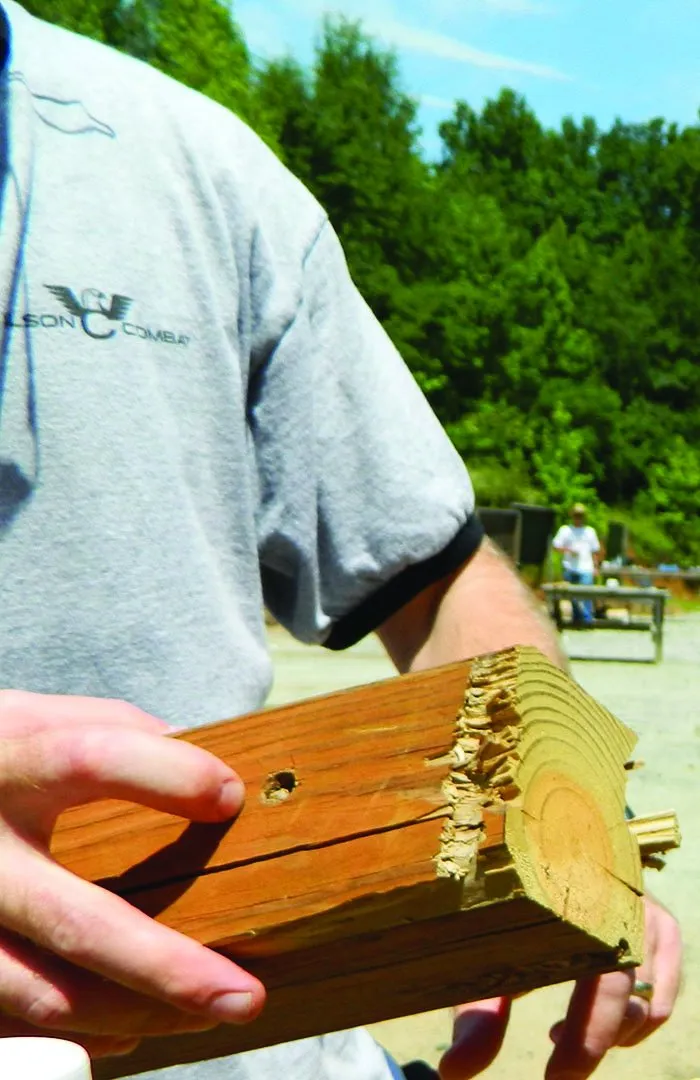
So thanks for reading this, hope it will stir up lots more thinking, and I would love to hear your thoughts. — Jack C.
More Snubbies
As I have told you before, I love Gun Tests. I always read it from cover to cover the same day I receive it. There is almost nothing you could do to improve the magazine. Please keep up the great work! I do have one gripe, though, only one. As I told you once before, you hardly ever test snubbie revolvers in 9mm and 38 Special calibers. I would really appreciate you testing a lot of them, because there are so many makes and models out there. Of course, I mean revolvers with barrel lengths around 2 inches or a little less. If you have previously determined there just isn’t enough interest in these to test more, please let me know that so I can stop bugging you. On the other hand, you might choose to invite comments in your Downrange section of the magazine, to see if sufficient interest is out there. — Phil B.
Hey Phil: We have done quite a lot of snubbie testing over the years, and the issue is, those models don’t change very much. But on page 31 of this issue, I included a Value Guide of several snubby chamberings we’ve tested for your reference. Most are still in production with very little change. Hope that helps. — tw
Re: “22 LR Pistols Based on Rifles From Ruger, MRI, and Mossberg,” October 2015
Thanks for the review of the Ruger Charger versus the Magnum Research, which is pretty similar to the old Ruger Charger. I appreciate you taking my suggestion to compare old versus new Chargers and decide if the new is really better. Based on your test, I will be buying one of the new models. I enjoy your unbiased reviews, and I look forward to reading each issue.
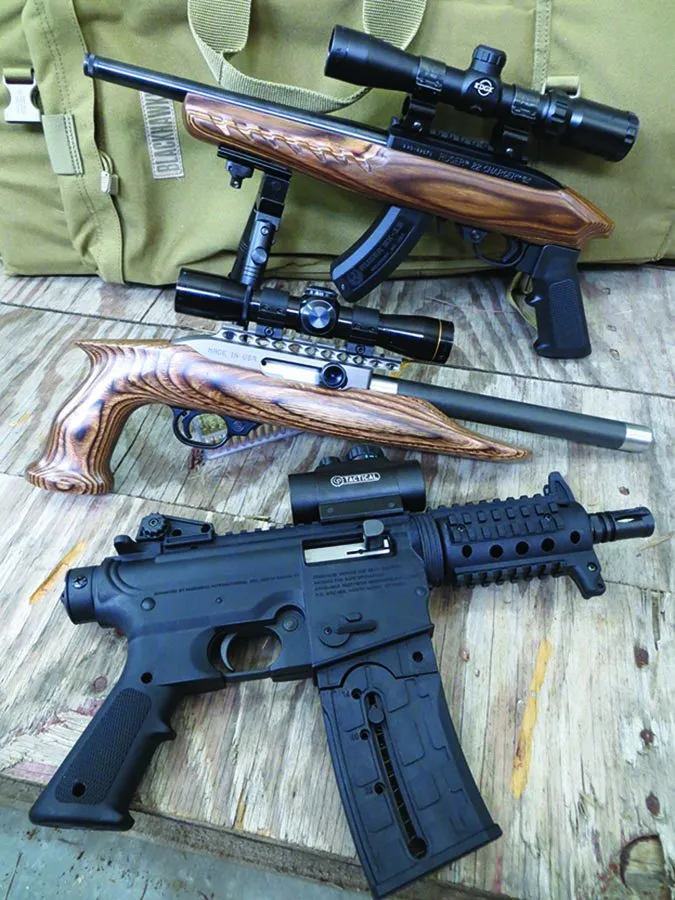
If you could include some test of some of the specialized clay-shooting semi-autos in upcoming issues, that would be great. If I recall, a number of years ago you tested the Benelli Super Sport and gave it high marks, and I am looking at one pretty hard. But now there is the SX3 Sporting Clays with the red cap and accents, and the Beretta A400 Sporting with odd blue receiver and cap. I would be interested to see those guys go head to head. Sure do like the Super Sport, but at almost $2K, it better have a great feel! There are over/unders available for less. I am interested in your testers’ input before I pull the trigger, so to speak. — Ken F.
I have forwarded your request for development. There are lots of nice-looking new shotguns to choose from. — tw
Re: “Hot New Pistols from Kimber And Browning Shoot It Out,” September 2015
I am interested in buying a Kimber Micro Carry Advocate. In the test, you gave it a score of A-. Can you please tell me why it was not a “A”? Thanks. — David M.
The Kimber was a very good handgun, but not perfect. Reliability was excellent, and accuracy above the norm. Details such as the spring behind the slide lock and the wire ejector were understandable in a micro handgun, but this was enough to give the pistol a half-grade demerit. — Bob Campbell
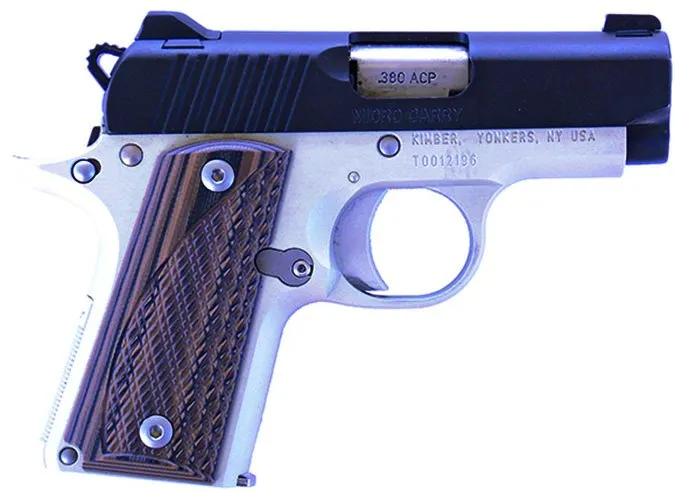
I recently bought the Micro Carry Advocate but haven’t yet fired it. Your review talks about carrying hammer down. Is this safe? Wouldn’t the firing pin be against the primer? I’d like to carry that way so I just have to pull back the hammer and go. I would appreciate your thoughts. — Harold
When the hammer is fully down, the firing-pin block prevents the hammer from pressing the firing pin forward. There is a plunger that locks the firing pin in place against forward movement until the trigger is fully pressed to the rear. However, when lowering the hammer, do not keep the trigger depressed during the entire hammer movement. While maintaining thumb pressure on the hammer, press the trigger just enough to let the hammer move forward, then release the trigger as you thumb the hammer down. This allows the firing pin safety to set. With the trigger pressed during the movement, it is possible the hammer would budge the firing pin forward and “short-circuit” the firing-pin safety. This is why we always decock SIGs or Berettas and never lower the hammer manually. — Bob Campbell



